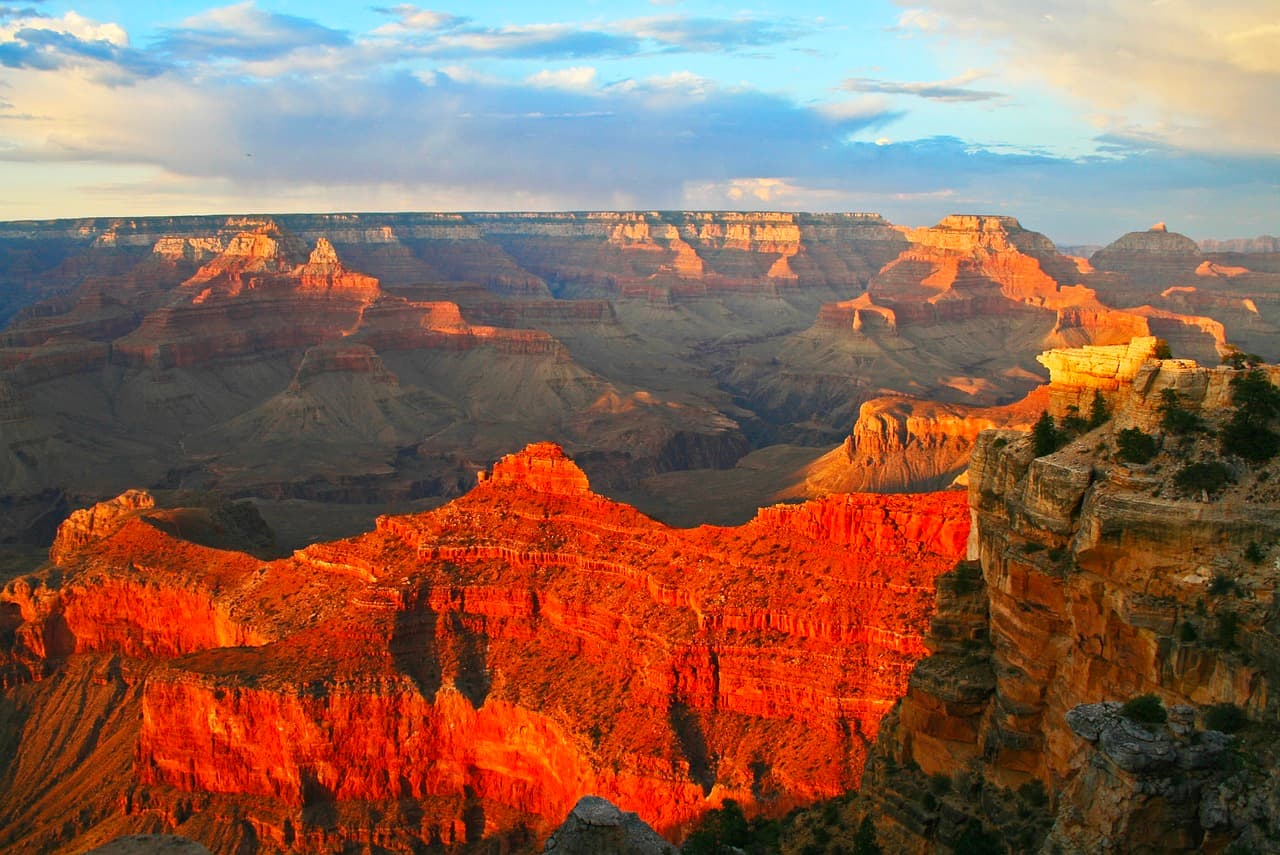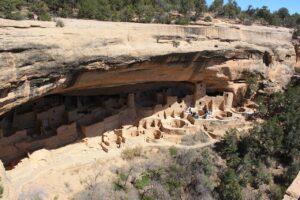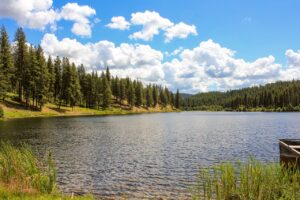The Grand Canyon is a testament to the incredible force of nature. It is a massive chasm carved out over millions of years by the relentless force of the Colorado River. Millions of tourists visit it every year, because of its enormous scale and breathtaking views. To ensure a safe and enjoyable visit, it is important to comprehend the constantly shifting climate and weather conditions of this iconic location. This article will discuss the best time to visit the Grand Canyon, and how the weather might impact your journey.
Seasonal Variations in Climate
Visitors can enjoy distinct experiences throughout the year at the Grand Canyon because of its wide range of seasons. A successful trip requires careful planning, which includes understanding these seasonal variations.
Spring (March to May):
A wonderful time to visit the Grand Canyon is in the spring. 50 to 70 degrees Fahrenheit (10 to 24 degrees Celsius) are typical daytime temperatures in this generally mild climate. The vibrant hues of the canyon come to life as the wildflowers bloom. Although it’s a great time of year for hiking and other outdoor activities, higher places might still have some snow and ice.
Summer (June to August):
The Grand Canyon experiences intense heat during the summer, particularly in the lower altitudes of the canyon. Temperatures during the day can rise above 100 degrees Fahrenheit (38 degrees Celsius). Although it’s a popular time for tourists, outdoor activities can be difficult due to the intense heat. It’s best to hike in the early morning or late afternoon, and drinking plenty of water is crucial.
Fall (September to November):
For many Grand Canyon enthusiasts, fall is the ideal season. As the weather cools off, hiking and exploring become more comfortable. 60 to 80 degrees Fahrenheit (15 to 27 degrees Celsius) are the typical daytime temperatures. The surrounding forests’ fall foliage gives the scenery another level of beauty.
Winter (December to February):
With fewer visitors, winter is the quietest season in the Grand Canyon. Road closures are frequently caused by heavy snowfall at the North Rim, while daytime temperatures at the South Rim usually range from 30 to 50 degrees Fahrenheit (-1 to 10 degrees Celsius). Though there aren’t many hiking opportunities, there’s something enthralling about the quiet beauty of the canyon when it’s covered in snow.
The Best Times to Visit
The ideal time to visit the Grand Canyon primarily depends on your interests and the experiences you hope to have. Here are a few suggestions:
Spring and Fall: Since there are fewer tourists and milder weather, these are frequently regarded as the greatest times to visit. Fall brings breathtaking foliage and ideal hiking conditions, while spring brings blooming flora and comfortable temperatures.
Summer: Summer is still a popular season to visit, even though it can be hot and crowded—especially for families with school-age children. If you intend to travel during this time of year, be sure to plan ahead for lodging and take precautions against the heat.
Winter: Winter travel to the Grand Canyon can be a tranquil and serene experience if you enjoy isolation and don’t mind the lower temperatures. But be ready for the chance of snow and restricted access to some places.
Impacts of Weather Conditions
The Grand Canyon’s weather can have a big influence on your trip. Some crucial things to keep in mind are as follows:
Heat and Dehydration: Heat exhaustion and heatstroke can be dangerous conditions that arise during the hot summer months. It’s critical to drink plenty of water, use sunscreen, and refrain from physically demanding activities when the temperature is at its highest.
Thunderstorms: Late summer monsoon season thunderstorms can be very strong, frequently accompanied by flash floods, lightning, and a lot of rain. When visiting at this time of year, exercise caution and keep up with park alerts and weather forecasts.
Winter Hazards: Roads and hiking paths can become dangerous during the winter months due to icy and snowy conditions. Check for updates prior to your visit as some facilities and amenities might be closed.
Crowds: Busy shuttle buses, crammed parking lots, and congested viewpoints are common during popular travel seasons like the summer and major holidays. To avoid crowds, schedule your visit carefully and get there early.
Finale Thoughts about Grand Canyon Climate & Visits
Throughout the year, the Grand Canyon presents a wide variety of experiences, making it a remarkable natural wonder. For a safe and enjoyable trip, it is necessary to understand the seasonal variations in climate, the best times to visit, and the potential impacts of weather conditions. A testament to the force of nature, the Grand Canyon’s breathtaking beauty invites visitors to explore its wonders throughout the year, regardless of whether they choose to see the vibrant blooms of spring, the summer heat, the splendour of autumn, or the serenity of winter.


